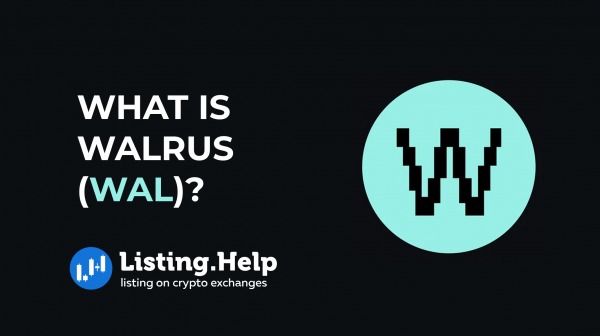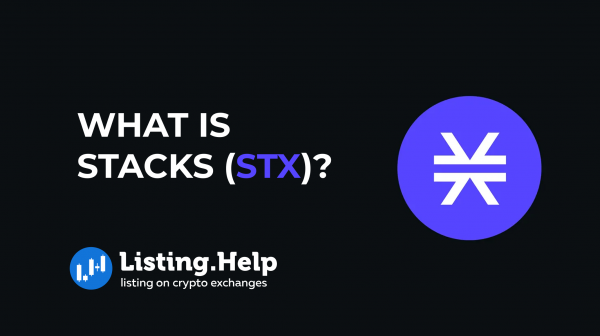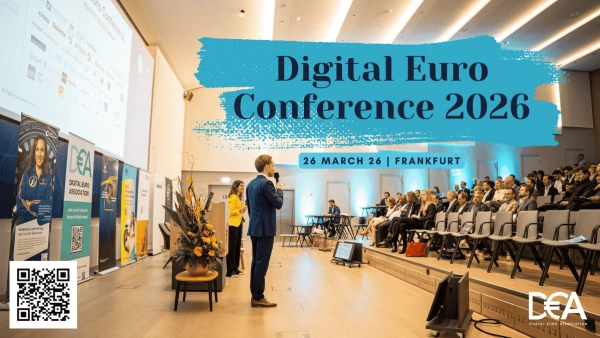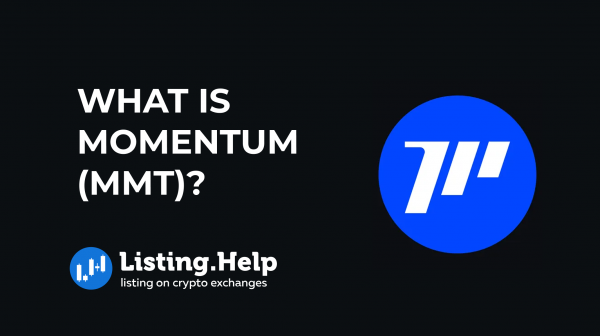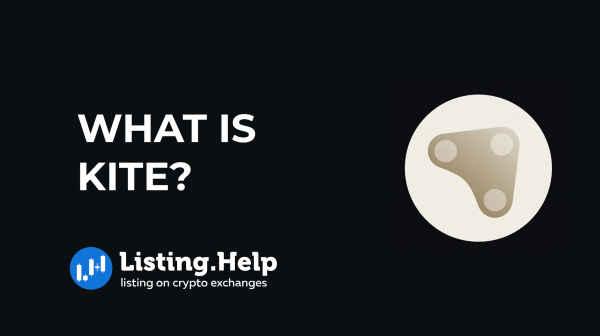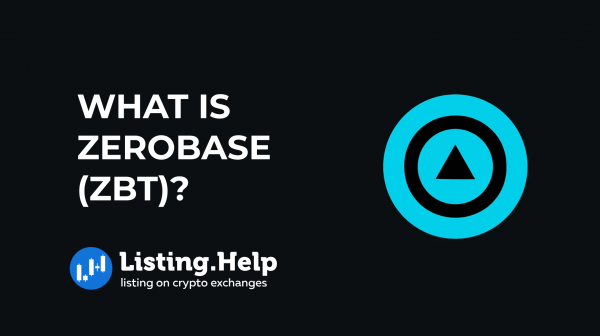What is Tokenization in Blockchain? The Difference Between Coins and Tokens.
 October 27, 2023
October 27, 2023 Updated: January 27 2025, 07:25
Updated: January 27 2025, 07:25
LEAVE A REQUEST
Launching your own token project? Our experts are ready to help with listing on exchanges, market making, marketing and other solutions
SUBMIT APPLICATIONCryptographic tokens operate as vital assets within the blockchain environment, ensuring the secure, efficient management, verification, and transmission of data and value. These tokens can be uniquely customized, adopting diverse characteristics that extend their functionality and applicability.
Designed as security tokens, utility tokens, or cryptocurrencies, they play pivotal roles across various industries. They stand as powerful tools for improving liquidity, augmenting transactional proficiency, and bolstering asset transparency.
A Brief History of Tokenization
Tokenization refers to the act of producing tokens as representatives of data. Specifically, it involves replacing sensitive information with a unique set of numbers and letters, termed tokens.
To clarify, tokenization’s roots are not in blockchain or cryptocurrencies. Historically, tangible tokens, like casino chips, have acted as stand-ins for actual currency, much like how banknotes and coins function today.
The digital adoption of tokenization was pioneered by TrustCommerce in the early 2000s. Their aim was to safeguard users’ crucial credit card details. To do this, they introduced digital tokens, essentially randomized numbers that stood in for the sensitive data.
Before this innovation, online payment systems stored users’ confidential data on their servers, which posed a risk as these databases were vulnerable to hacker invasions.
So, when a user made an online purchase, the vendor would direct the transaction to TrustCommerce. They would then handle the necessary details, eliminating the vendor’s need to keep credit card information and offering an added layer of security for the card user against potential cyber threats.
Blockchain and Tokenization
Utilizing blockchain to issue tokens amplifies their efficacy considerably. Every time the token is utilized or moved, the blockchain meticulously logs it.
In traditional tokenized systems, every user accessing a specific file would generate numerous “tokens”. Contrastingly, blockchain employs a distributed ledger to create an enduring and unalterable record for these tokens.
When a transaction is executed on a blockchain, it doesn’t spawn a fresh depiction of the token. Rather, the distributed ledger taps into the pre-existing token and amends its status to showcase the expenditure, adeptly addressing the double-spend problem.
Asset Tokenization
Cryptocurrencies like Bitcoin serve a dual purpose: they are digital tokens that act both as a means of payment and a store of value. In essence, the cryptocurrency’s digital token is an asset in its own right.
Moving a step further, there’s a new development in the space: asset tokenization of real-world assets (RWA). Here’s how it works: A tangible or intangible asset is represented by a digital token issued on a blockchain. This means that the asset’s economic value is mirrored by this token. When someone holds this digital token, they essentially have ownership of the associated asset, as indicated on the blockchain.
The potential for asset tokenization is expansive. A multitude of assets can be represented in this digital form. Presently, digital tokens signify various financial tools like commodities, stocks, or futures. Additionally, supply chain sectors have started leveraging these tokens for tracking the flow of goods.
Types of Crypto Tokenization
In the vast landscape of crypto tokenization, drawing clear lines between different token types can be intricate. It often depends on the specific properties of the token or the platform where it’s launched.
- Utility Tokens
These are particular to a blockchain network and offer access to certain services or goods. The roles of utility tokens are diverse: they can facilitate decentralized market functions, cover transaction costs, or even empower the blockchain network’s consensus mechanism. Moreover, within decentralized setups like DAOs, they grant the privilege to propose or vote on novel ideas.
- Security Tokens
These tokens are synonymous with investments. They might signify a stake in a company, a voting right, or any valuable physical or digital asset. The versatility of security tokens allows them to have various unique attributes and rights. While they can act as digital mirrors for underlying assets or utilities, their primary essence lies in symbolizing ownership rights. In contrast to utility tokens, which serve functional roles, security tokens pivot towards rights and entitlements.
- Currency Tokens
Designed for trade and usage, currency tokens stand out. Some, like MakerDAO’s DAI or Gemini’s GUSD, anchor their value to tangible assets. However, others don’t rely on underlying assets. Their worth is closely tied to their distribution approach and the foundational blockchain network supporting them.
What are the benefits of tokenization in blockchain?
Tokenization via a distributed ledger, commonly known as a blockchain, equips tokens with a multitude of advantages. Here are some primary benefits that tokens on a blockchain platform reap:
- Enhanced Security: With tokens rooted in a blockchain, they inherently possess robust security. This security is twofold: the use of cryptography, which conceals sensitive data in public databases, ensuring only individuals with a unique decryption key can unveil it; and the distributed nature of blockchain, where information is concurrently saved across multiple devices. An update is integrated only when the majority of the network concurs.
- Transparency: A defining trait of blockchain is its transparent nature. Operating on open-source protocols, it allows users to scrutinize the underpinning code and the string of transactions. Such openness bolsters trust and considerably trims down fraudulent activities or misappropriation of assets.
- Reduced Middlemen: A long-standing grievance with traditional finance channels has been the persistent role of intermediaries. However, in a blockchain-based setup, these go-betweens are significantly diminished. The distributed ledger itself vouches for the transaction’s authenticity, ensuring its soundness while cutting out the middle layers.
- Immutability: Data registered on a blockchain remains static. It’s insulated from any unilateral changes, deletions, or adjustments. Such steadfastness shields tokenized assets from risks like illicit transactions or potential system breaches. The distributed architecture guarantees that no single party dominates the data flow.
- Automation: Distinct from conventional financial frameworks, blockchain offers the convenience of automated bureaucratic processes. Through smart contracts, certain pre-defined algorithms autonomously overseas exchanges of value, such as converting fiat currency into stocks, other tokens, or tangible properties.
Coins vs. Tokens: Differences
In the intricate world of crypto, terms like “coins” and “tokens” frequently come up, often used synonymously. However, these terms, despite being commonly intertwined, have distinctive meanings.
A cryptocurrency coin is primarily designed as the digital equivalent of money. Its core purpose revolves around transactions. Think of them as the digital counterpart of traditional money: they embody attributes like a unit of account, a preserver of value, and a method to facilitate exchanges. Notable examples of crypto coins are Bitcoin (BTC), Litecoin (LTC), Bitcoin Cash (BCH), and Monero (XMR), all of which operate on their inherent blockchain platforms.
Contrastingly, tokens signify the digital entity of an asset or utility. Many crypto initiatives release tokens as a symbolic representation of either a tangible or intangible resource they offer. Such tokens are typically distributed to backers during a public funding event, commonly known as an ICO (initial coin offering).
Within the blockchain universe, tokens carry value but don’t function exactly like traditional money. Their value primarily stems from the backing project. Furthermore, certain blockchains empower token holders with decision-making rights, allowing them to vote on pivotal operational or technical modifications to the system. This added dimension sets tokens apart, granting them extended capabilities beyond standard crypto coins.
Conclusion
Beyond being just an advanced database, tokenization offers practical applications that benefit businesses and individuals, extending beyond mere data storage. This evolution is paving the way for secure corporate data handling and innovative means to transfer asset ownership across borders.
However, the full investment potential of tokenization faces challenges, primarily due to varying global regulations. But as governments adapt and awareness grows, tokenization’s promise solidifies. To delve deeper into this topic and others, visit our informative blog at https://listing.help/blog.




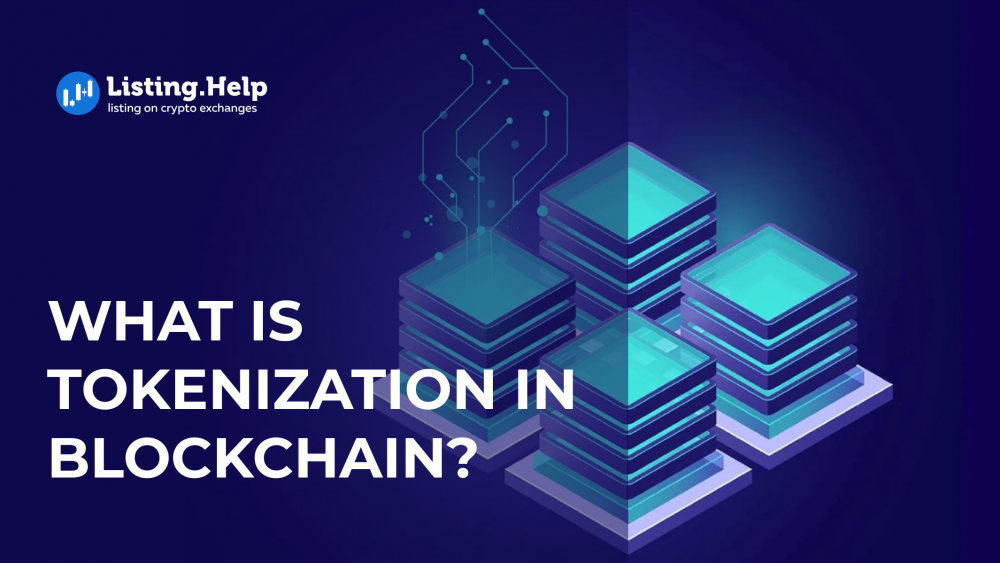


 December 29, 2025
December 29, 2025 
